UK cycling figures reveal their dream bikes
Simon Richardson waxes lyrical about the UKSI bike and asks other industry figures about their own dream machines
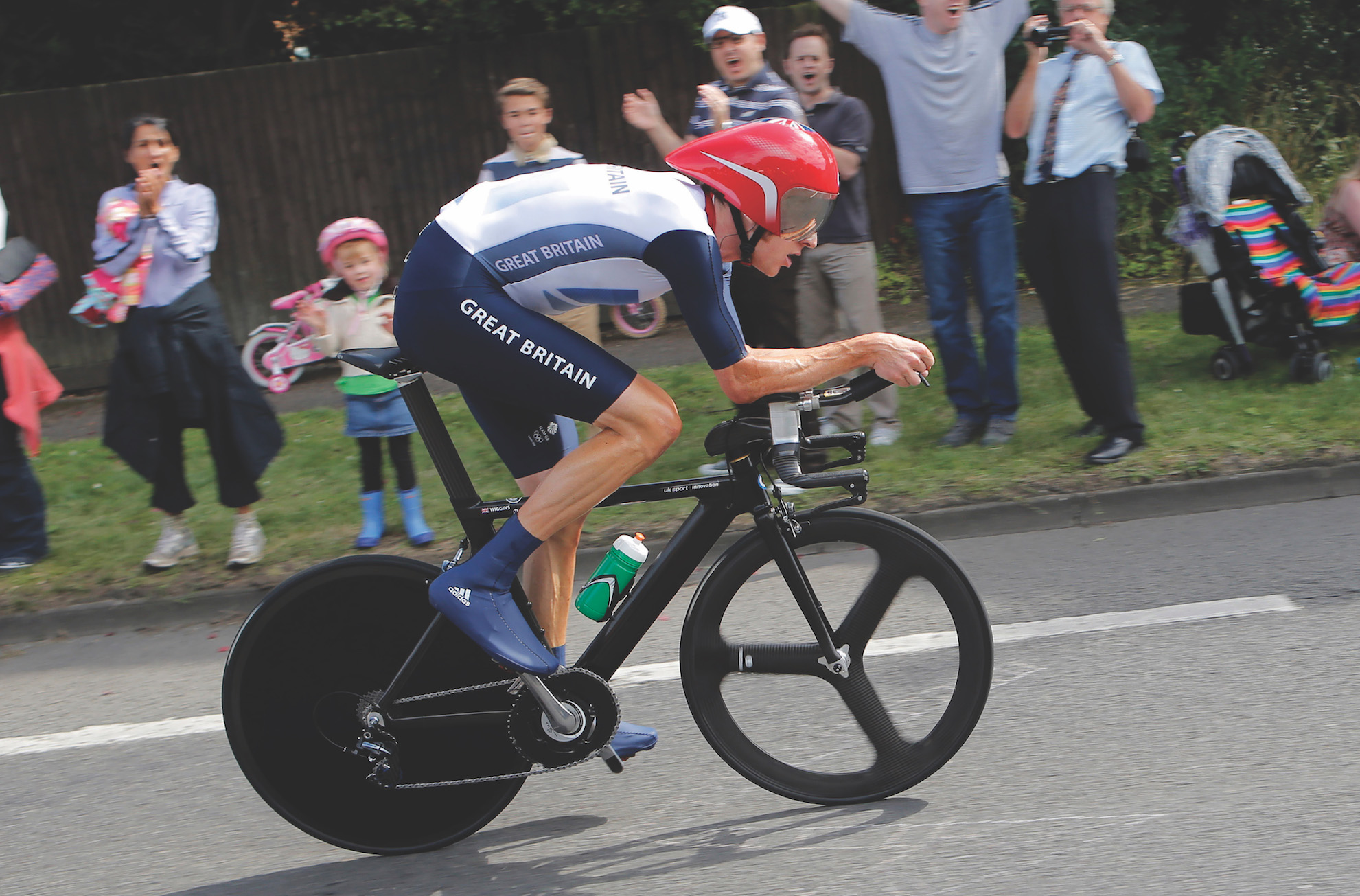

Everyone has a dream bike, don’t they? What that bike is will change over the years as new models, new heroes and new technology come along. Or your personal budget changes. But there is always a bike that gets into your head.
When I was young, it was a metallic pale blue Raleigh Elan in a local shop window. Ever the pragmatist, it wasn’t the most expensive bike on display, but it was the one I could – with a bit of birthday money – one day afford. The fact it was just about within my reach was part of the attraction. I got that bike too. And riding it around as a teenager with Phil Liggett’s commentary playing in my head is an enduring memory of my summers and helped fuel my love of cycling.
Now there’s another bike that’s in my head. It’s a bike I can’t buy, or call in for a test. Perhaps the fact I can’t have it is what makes me want it more. It’s not the most beautiful bike, nothing of the sort, but it is decorated and ridden by only a chosen few who were good enough.
I still remember the first time I saw the UKSI bike. It was late 2001 or early 2002 and I’d travelled to Peter Keen’s office at the Manchester velodrome to interview him about it for a feature in Cycle Sport magazine. There was no launch or fanfare, it was just leant against the whitewashed breeze-block wall by his desk.
It was exceptionally average looking, like something out of a design project. There was no name on the down tube, no stylish additions, no fancy componentry. But it was about as good a bike frame as you can get.
>>> Subscriptions deals for Cycling Weekly magazine
Designed by Dimitris Katsanis, it was created for the GB track riders, from sprinters to team pursuiters, and was ridden to countless world and Olympic titles, right up until the 2016 Rio Games when GB switched to Cervélo bikes as part of a sponsorship deal.
The latest race content, interviews, features, reviews and expert buying guides, direct to your inbox!
Just three frame sizes worked for all the squad’s riders and through the years it was given multiple aero additions thanks to Chris Boardman and his Secret Squirrel club. The cranks he designed for the 2012 London Games were so stiff that Dutchman Theo Bos once said, in a rather dejected tone, that he’d heard they were so strong you could hang a lift full of people from one set.
It was adapted for the road too, and this is the one that’s in my head. Bradley Wiggins rode this to TT victory at the London Olympics and in the road race. Now consider he’d just won the Tour de France on Pinarellos. For him to drop those for the UKSI bike (with no commercial pressure to do so) gives you an idea of how good a bike it is to ride.
But dream bikes are not all about performance, stiffness, weight or looks. They get into your head for what they represent, or remind you of. This bike was first ridden just after I started working at CW. I reported on almost every Track World Championship from 2002 to 2016 and was at both the Beijing and London Olympics. This was a period of unprecedented success for British cycling that will never be repeated, and this bike was a big part of it. And in some very, very small way, it feels like I was too.
Simon Lillistone
Simon Lillistone competed for GB at the 1988 Seoul and 1992 Barcelona Olympics and won a multitude of national titles on the track. He is now operations director for the Six Day Series
"Trying to select your dream bike is a real challenge for someone who has raced extensively on road, track and time trials. Would it be one of the bikes from my own racing days? Probably not given that’s many years ago, and technology has evolved so much since.
"So I’ve looked at this from the perspective of today’s available equipment and what I’d use it for. I’ve been increasing my riding recently, but it won’t be long until my 11-year-old son will be stronger than me. I’m therefore trying to fight off the years, so this dream bike needs to be a great all-rounder.

"For the frame, I’d choose a Condor Baracchi disc. I rode the Seoul Olympics on a Condor and a Cougar by Terry Dolan in Barcelona. I always stick to Condor and Dolans rather than the larger global brands. I love the traditional proportions of the Baracchi, simple sleek looks without too many gimmicks, but still concealed cables, disc brakes etc., all combined with Italian build and finish.
>>> Cycling Weekly is available on your Smart phone, tablet and desktop
"The groupset would be Shimano Dura-Ace mechanical with hydraulic disc brakes. I’ve used both Campagnolo and Shimano over the years and see advantages in both, but the lighter shift of Shimano gets my vote, full-size chainrings of course (it’s a dream bike right, so I can dream I’m strong enough to ride a 39x23). I’ve steered clear of electronic gears as to me it’s some kind of voodoo magic how they work, and I’m not sure where I’d start if they needed any maintenance.
"Wheels would be Mavic every time, deep carbon on this build. I’ve ridden Mavics for years and found them hugely reliable, almost bombproof, but also innovative, light and very serviceable.
"My dream tyres would be some traditional Vittoria CX tubulars, not the most practical to be on tubs, but the grip was always awesome – they actually squealed before you lost grip, almost an early warning system.
"The finishing kit would be Fizik all round. I worked with them in their early days and think the products are the best.
"Of course it’d only be a dream bike if it was put together by the best of the best, either Sandy Gilchrist or Ernie Feargrieve – I’ve always trusted their skills implicitly, handy for those white knuckle descents."
Brian Cookson
A lifelong bike rider, Cookson was president of British Cycling (1996-2013), and then the UCI (2013-2017). He is currently enjoying riding his bike on road and track (when possible) and working on a number of projects, including writing his autobiography
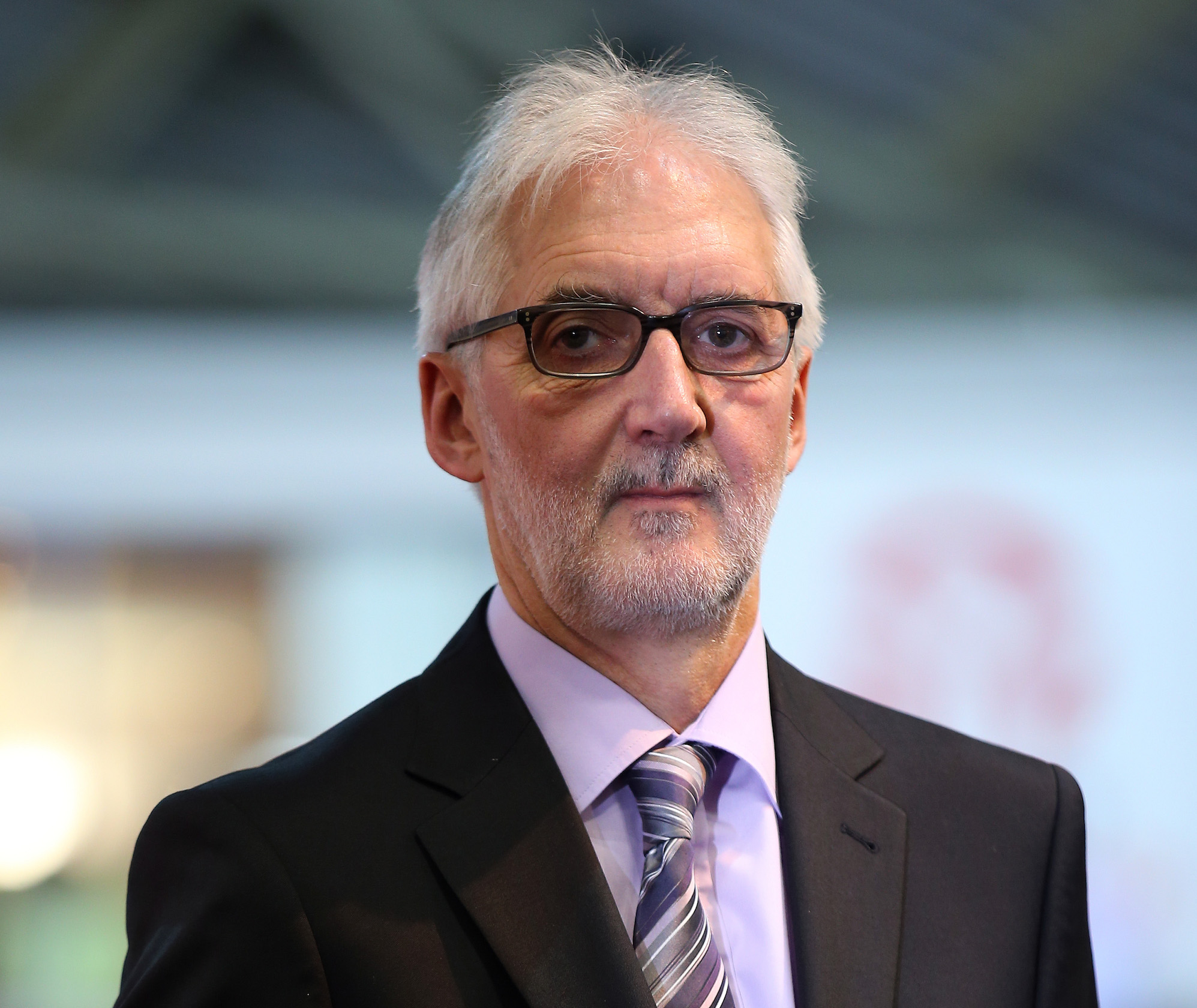
"I’m lucky enough to have several nice bikes – three good road bikes (Pinarello Dogma F10, Scott Addict, and a Beacon BF80, all with Di2 systems), and an aged winter bike (Trek Madone 5.5). I also have two track bikes – a lovely aluminium Pinarello Pista and a carbon Look 875 Madison. Plus I also have an old Cadex mtb that is probably closer in spec to a current gravel bike. The bike I am riding most at the moment is my most recent acquisition – the Dogma F10, which has full Dura-Ace Di2 with finishing kit of Most and Pro components, with a Selle Italia saddle. It really is the best bike I’ve ever ridden, pretty much a dream come true! It’s also got a Stages power meter fitted to the cranks – I’ve just started using the readouts for training, so I’m hoping to see improved results when Masters’ racing resumes!
"I’ve put some nice Mavic SSC deep section carbon wheels in, ready for racing, and I have a couple of other sets of Mavic wheels including a pair of the mega-light R-SYS SLR for hilly races, sportives, Gran Fondos, and so on – they are unbelievably light.
"If I was to dream about anything else, I’d have a serious look at the wonderful Passoni range. I’d love to do some proper long-distance touring when circumstances allow, so I’d choose the Cicloprato frame option, and set it up with a nice groupset, probably Ultegra Di2, with disc brakes, and fit panniers, mudguards, the full serious trans-continental stuff. Then I’d just set off and go, maybe all the way down to the Mediterranean and beyond! The quality of workmanship on these Passoni artisan-crafted titanium frames, coupled with the legendary comfort and resilience of the material, would make that a rewarding experience, I’m sure."
Simon Mottram
Founder and CEO of British clothing company Rapha
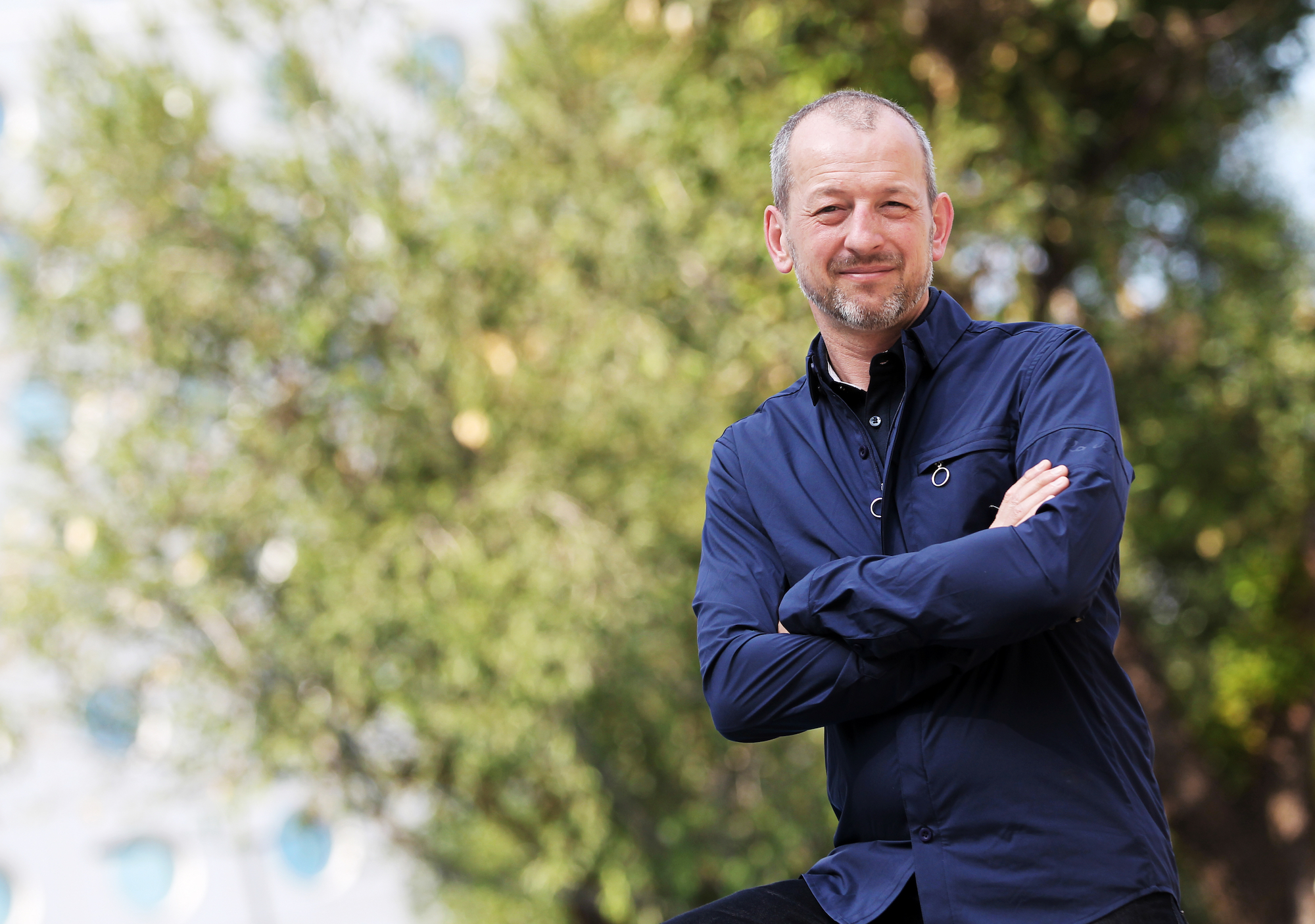
"I’m fortunate that my dream bike is actually being built for me right now. It’s a custom Ricky Feather steel bike in a Continental style.
"Back in 2007, Rapha started a series of rides and films called the Rapha Continental. Each ride and film featured inspiring amateur riders tackling challenging but beautiful routes in the US and all over the world. The rides took them off the grid and often off-road – it was a forerunner of the current gravel trend. Each rider rode a steel road bike, made by some of the best custom frame builders in the world.
"The bikes had classic geometry, practical and durable SRAM Force groupsets and matching black paint with pink anodised Chris King headsets and hubs. I don’t think any of them had more than 25c tyres, despite riding gravel, but they were cool. I always thought the Feather was the nicest of the bunch and, when I saw Ricky’s own bike last year I decided finally to take the plunge.

"My Feather is a faithful Continental steel bike in classic black paint, but updated with hydraulic disc brakes, tubeless 32c tyres and SRAM Etap gears. It will be my ‘go anywhere bike’ and a great reminder of some of the best content that Rapha has ever produced. It should arrive in the next month.
"The frame is made from Columbus Spirit steel and the fork, bars, stem and seatpost all come from Enve. The headset and BB are Chris King, while the wheels are Pacenti rims with Chris King hubs, Sapim spokes and Paragon thru axles – dressed in Continental GP5000
tubeless, 32mm.
"The finishing kit consists of Blackburn cages, Fizik Aliante saddle and of course Rapha bar tape."
Barry Hoban
Professional from 1968 to 1980, winner of eight Tour de France stages and Gent-Wevelgem
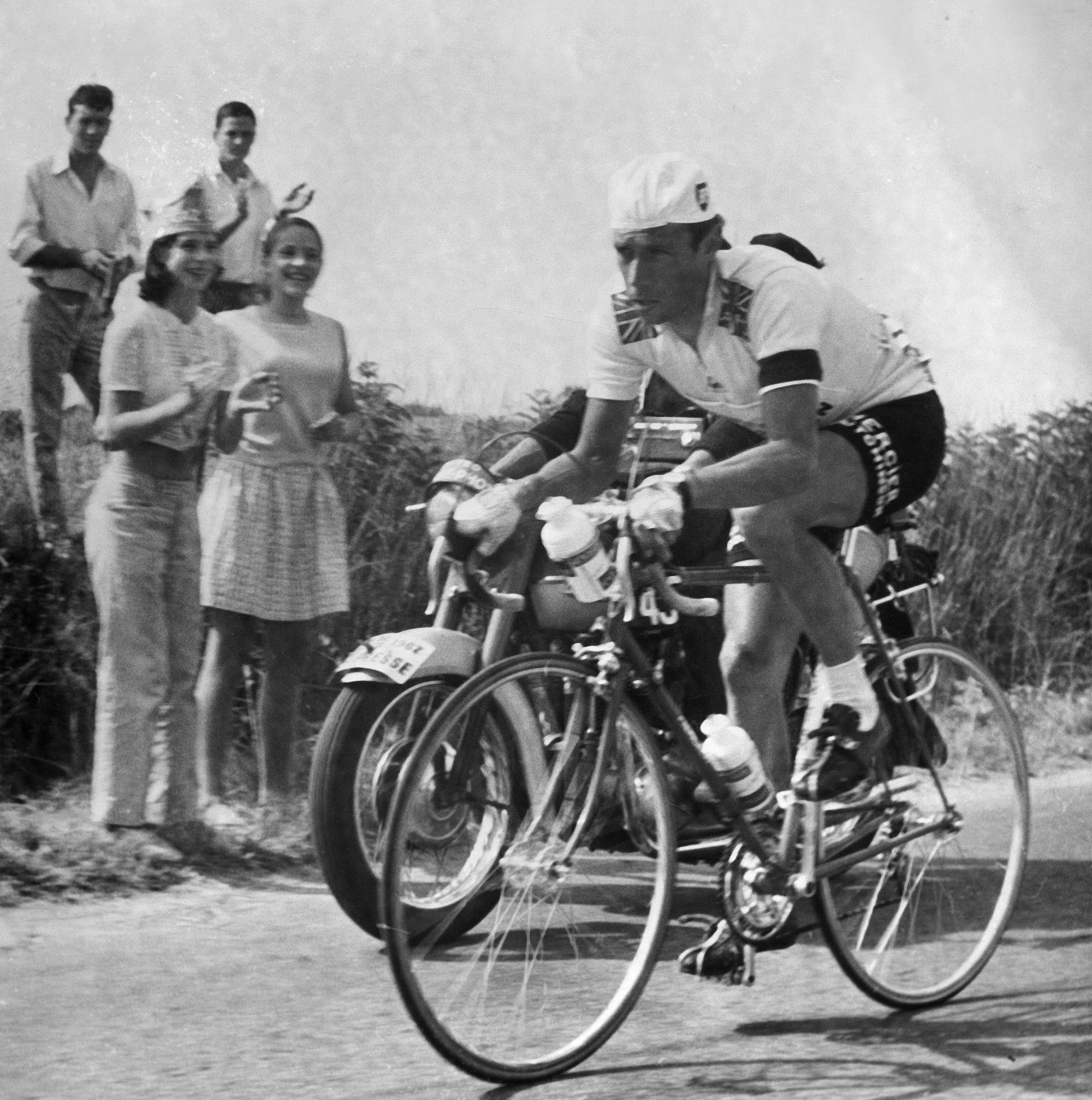
"I’ll give you my dream bike build from when I was racing. Back then I’d have an Italian-designed frame – something like a Colnago designed by Ernesto himself – because they were the best. The same went for Campagnolo, so a Campag groupset. They weren’t around then, but I would now have a compact chainset. A 50/34 with a 12 sprocket at the back is plenty big enough, and I could have really pedalled up mountains with a 34.
"I’d go for 28-spoked wheels although the normal was 32 or 36, and Clément Criterium Seta Extra tubulars; 22mm for most races, 24 for Paris-Roubaix. The best of the best, wheels like that made you feel special.
"Handlebars would be Cinelli. I started using the square-shaped deep ones, Cinelli 66s, but after I hurt my back I went to the more shallow and rounded 65s. Handlebar tape would be white cotton twill Tressorex – it was the best.
"We didn’t have much choice in saddles; Brooks B17 leather were the best when I started. We took them to an Italian guy called Otussi, who adapted them. He changed the shape of the rails, cut away some leather and put the saddle back together with new copper rivets. The trouble with leather, though, was no two saddles were the same, and they were heavy. There were lightweight Unicanitor saddles, which were made of plastic and were uncomfortable. Then Tom Simpson covered one with a thin layer of foam and stuck a layer of leather on top. Eventually he had a saddler in Paris doing them, and sold them to all the riders. I’ve still got one. I think Cinelli was the first to mass produce saddles like that, so I’d finish my dream bike with one of those."
Emma Pooley
Former world champion time triallist Emma Pooley had a custom bike built for her by the team at WyndyMilla in 2019 – so she’s already taken ownership of her dream machine
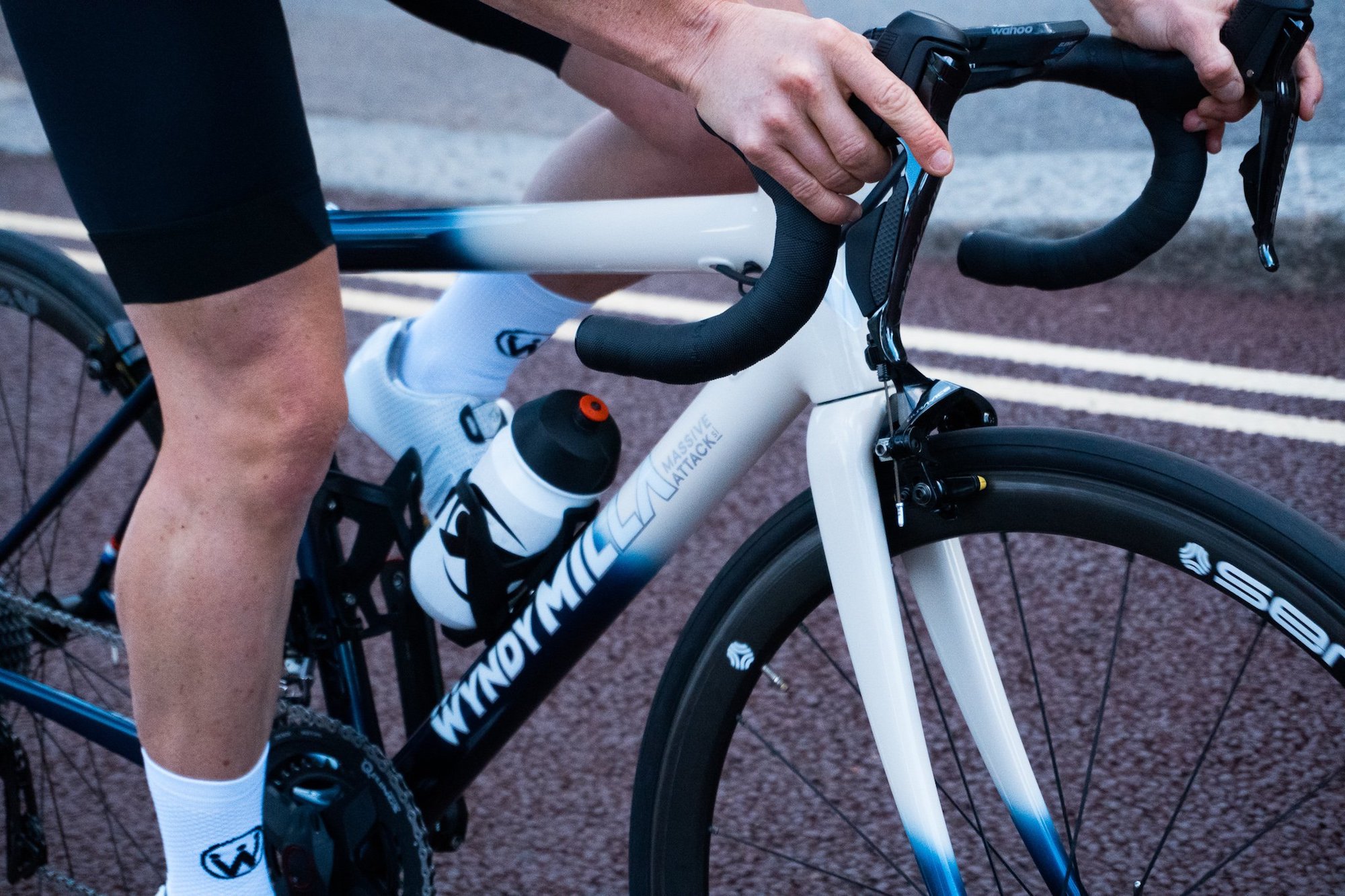
"My dream bike is centred around a WyndyMilla Massive Attack frame – ironically named for a tiny bike! Custom is certainly a good way to go for smaller cyclists [Pooley measures in at 157cm]. When I was racing on a professional team, I was limited by sponsors, and obviously when you’re in a road race, you’re best off using 700c wheels as you may need a spare in a hurry and neutral service doesn’t carry 650c or 650b (or at least, they didn’t in my day). I used 650c in time trials but not on my road bike... however, now I ‘just ride’ I can use 650c on my road bike too.
"I’ve gone for the GS Astuto Sense Composites 650c wheel, with Conti GP5000 tyres. The smaller wheel has been revolutionary (haha!) – not just for the obvious reason that I can get lower (which is why I always used to use 650c for time trialling) – even more important than that is how much it has improved handling characteristics.
"The WyndyMilla design team did a brilliant job on the geometry: I have no toe crossover, get blown about less in crosswinds, and it’s nimble without feeling unstable on descents. Riding a 650c wheel has transformed my enjoyment (and speed) downhill. I love descending now!
"The bike was painted in-house by WM Paintworks. I don’t road race any more of course, but I love riding in the mountains. For me, cycling is about exploring mountains and going as high as possible towards the sky. My friends joke about the “EP coefficient” because I try to fit as much vertical climb as possible per km of riding.
"The dark blue at the rear of the frame represents the sky, and the cream colour at the front is clouds. The silver lining around WM logo represents one of the key things I learned during my racing career: that most clouds have a silver lining.
"There are British national champion stripes on one seat stay and World Champs rainbow stripes on the other.
"For the spec, I opted for a Shimano Dura-Ace Di2 rim brake groupset – I find Di2 is brilliant for small hands, for ease of shifting. The bar is Deda 36cm, with 8cm stem. I’m using a Rotor 2inPower crankset with 165 cranks, oval Q-ring chainrings in 50-34, with an 11-28 cassette. The saddle is an SMP Forma, I’m using Speedplay Zero Titanium pedals and a Wahoo Element Bolt computer – with a Knog Oi bell in silver."
This feature originally appeared in the print edition of Cycling Weekly, on sale in newsagents and supermarkets, priced £3.25.

Editor of Cycling Weekly magazine, Simon has been working at the title since 2001. He first fell in love with cycling in 1989 when watching the Tour de France on Channel 4, started racing in 1995 and in 2000 he spent one season racing in Belgium. During his time at CW (and Cycle Sport magazine) he has written product reviews, fitness features, pro interviews, race coverage and news. He has covered the Tour de France more times than he can remember along with the 2008 and 2012 Olympic Games and many other international and UK domestic races. He became the 134-year-old magazine's 13th editor in 2015 and can still be seen riding bikes around the lanes of Surrey, Sussex and Kent. Albeit a bit slower than before.